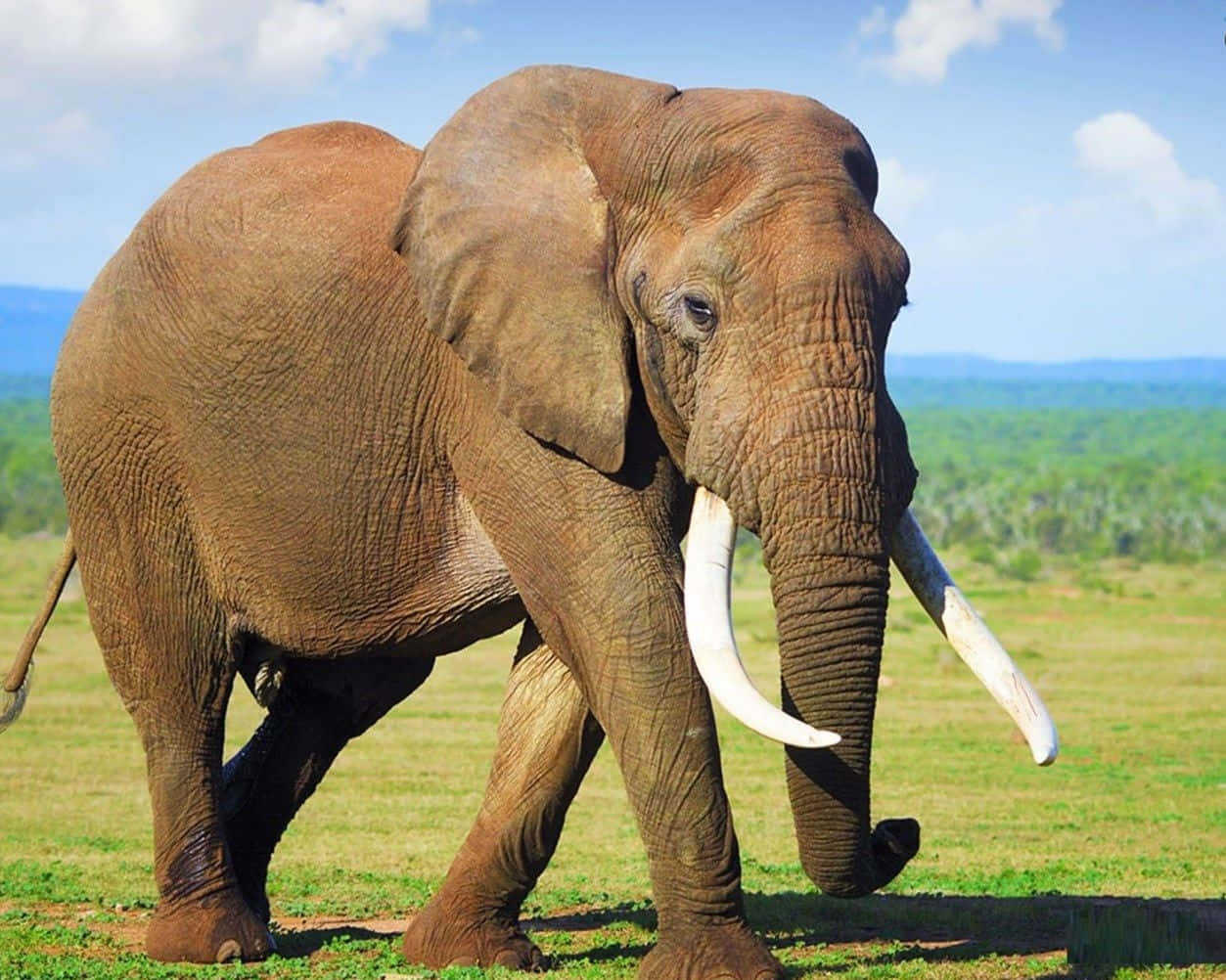The journey of an elephant’s pregnancy is a remarkable and complex process, spanning almost two years. Elephant gestation, or the period of pregnancy, lasts approximately 22 months, making it one of the longest gestation periods in the animal kingdom. To understand this incredible process, let’s delve into the world of elephant reproduction and explore the various stages of their pregnancy, from conception to birth.
Conception and Fertilization
Elephant conception typically occurs during the breeding season, which varies depending on the species and geographical location. African elephants, for example, can breed year-round, while Asian elephants tend to breed during the summer months. When a male elephant, or bull, mates with a female elephant, or cow, the sperm fertilizes the egg in the oviduct, resulting in the formation of a zygote. This zygote will eventually develop into a fully formed elephant calf.
Early Pregnancy (Months 1-3)
During the initial stages of pregnancy, the zygote undergoes several cell divisions, eventually forming a blastocyst. The blastocyst then implants itself into the lining of the uterus, where it will continue to grow and develop. At this stage, the embryo is about the size of a pea and is completely dependent on the mother’s nutrient supply. The cow’s body begins to produce hormones, such as progesterone, to support the growing embryo and maintain the pregnancy.
Embryonic Development (Months 4-6)
As the pregnancy progresses, the embryo undergoes rapid growth and development. The major organs, such as the heart, lungs, and liver, begin to form, and the embryo’s limbs, trunk, and tusks start to take shape. The cow’s uterus expands to accommodate the growing fetus, and the placenta develops to provide essential nutrients and oxygen. During this period, the fetus is about the size of a small cat and is starting to resemble a miniature elephant.
Fetal Development (Months 7-12)
The second half of the pregnancy is marked by significant fetal growth and maturation. The fetus’s organs continue to develop, and its senses, such as sight and hearing, begin to function. The cow’s milk production increases to prepare for the impending birth, and the uterus expands further to accommodate the growing fetus. At this stage, the fetus is about the size of a small dog and is almost fully formed.
Late Pregnancy (Months 13-18)
As the pregnancy enters its final stages, the fetus continues to grow and mature. The cow’s body prepares for birth by relaxing the pelvic muscles and ligaments, allowing for an easier delivery. The fetus’s tusks, trunk, and ears are fully formed, and its skin is covered in fine hair. The cow’s udder begins to swell with milk, and the nipples become more prominent in preparation for nursing the newborn calf.
Preparation for Birth (Months 19-22)
In the final months of pregnancy, the cow’s body makes the final preparations for birth. The cervix dilates, and the uterus contracts to help move the fetus into the birth canal. The cow may exhibit signs of restlessness, such as pacing or seeking solitude, as she prepares to give birth. The birth process itself can take several hours, during which time the cow will push the calf out of the birth canal with the help of uterine contractions.
Birth and Post-Natal Care
After nearly two years of gestation, the elephant calf is finally born. The newborn calf weighs around 100-150 pounds and stands about 3 feet tall. The cow will care for her calf, nursing it and protecting it from harm. The calf will rely on its mother’s milk for nutrition and will stay with her for several years, learning essential survival skills and social behaviors.
How long does an elephant's pregnancy last?
+An elephant's pregnancy, or gestation, lasts approximately 22 months, making it one of the longest gestation periods in the animal kingdom.
What are the stages of an elephant's pregnancy?
+The stages of an elephant's pregnancy include conception and fertilization, early pregnancy, embryonic development, fetal development, late pregnancy, and preparation for birth.
How does an elephant cow prepare for birth?
+An elephant cow prepares for birth by relaxing her pelvic muscles and ligaments, allowing for an easier delivery. Her udder also swells with milk, and her nipples become more prominent in preparation for nursing the newborn calf.
In conclusion, the 22-month journey of an elephant’s pregnancy is a complex and fascinating process. From conception to birth, the elephant cow’s body undergoes significant changes to support the growing fetus. Understanding the various stages of elephant gestation can provide valuable insights into the biology and behavior of these incredible creatures. By appreciating the intricacies of elephant reproduction, we can better appreciate the importance of conservation efforts to protect these majestic animals and their habitats.

